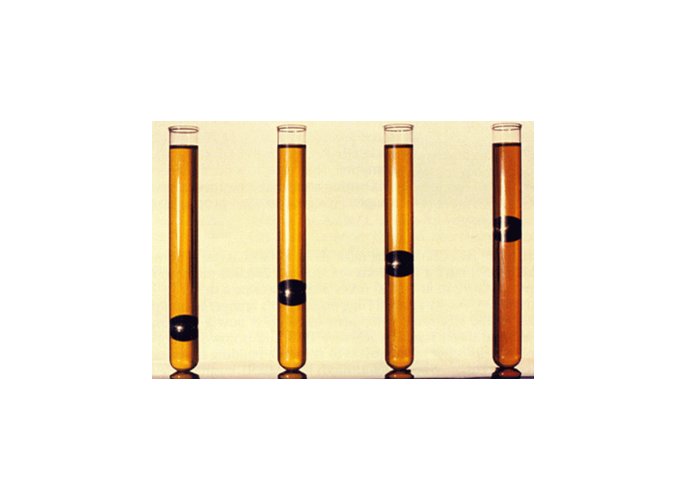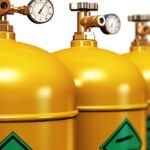A lubricant is a substance introduced to reduce frictional force and heat generation between the surfaces in mutual contact, when the surfaces move.
A good lubricating oil generally possess the following characteristics:
1. Suitable Viscosity: The viscosity of oil should not change with rise in temperature.
2. Oilness: It ensures the adherence to the bearings and spread over the surface. This property makes oil smooth and very important in boundary lubrication.
3. Strength: The lubricant must have high strength to avoid metal contact and seizure under heavy loads.
4. Chemical Stability: The lubricant should not react with surfaces and any deposit in the cylinder.
5. Pour Point: It should be low to allow the flow of lubricant at low temperature to the oil pump.
6. Flash Point and Fire Point: The lubricating oil should not burn inside the cylinder, otherwise it will leave heavy deposit and poisonous exhaust. Therefore, the flash point and fire point of the lubricating oil must be high.
7. Neutralization: The oil should not have a tendency to form deposits by reacting with air, water, fuel or the products of combustion.
8. Cleaning: The oil should act as cleaning agent inside the engine and should carry any deposits with it. It should also have non-foaming characteristics, low cost and be non-toxic.


